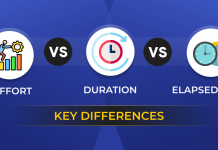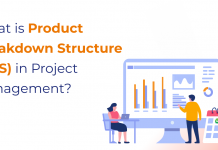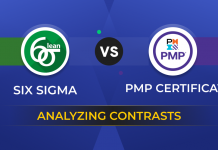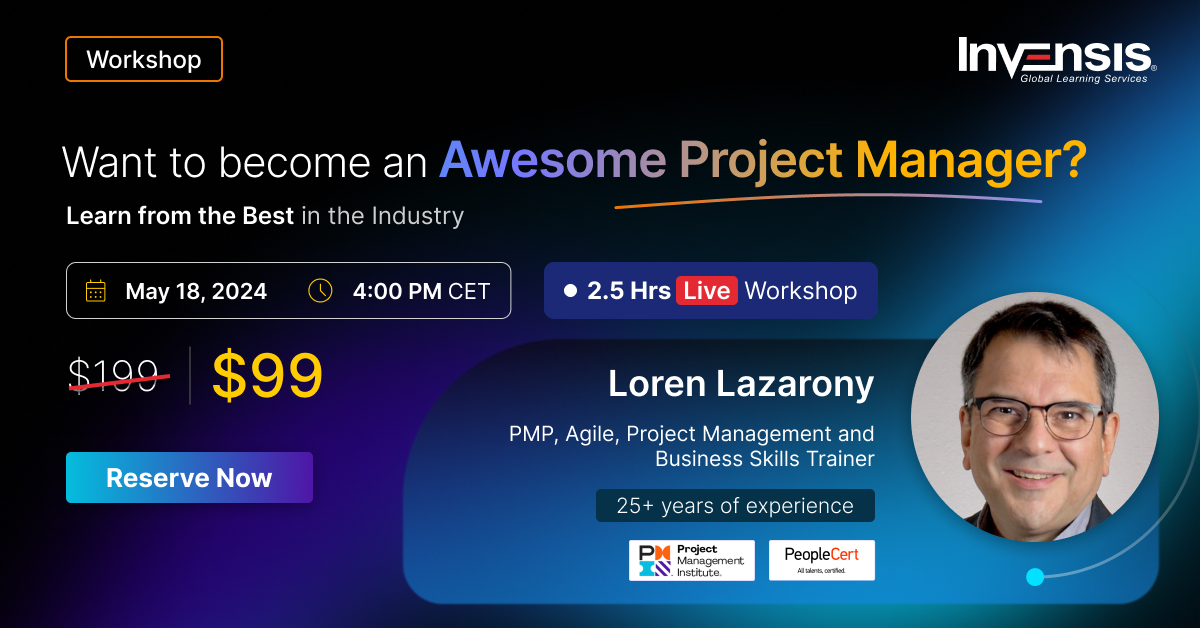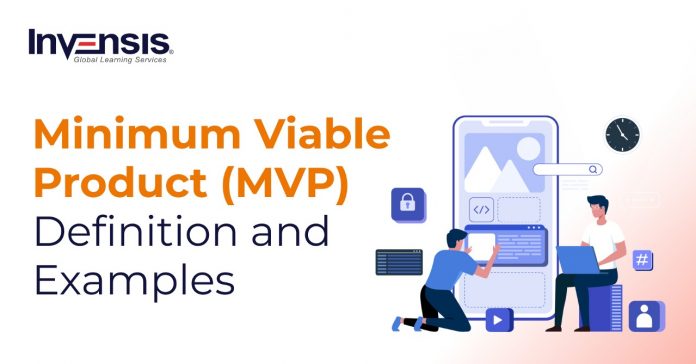
In the competitive landscape of business, the first-mover advantage can be a decisive factor, particularly for companies with groundbreaking ideas or pressing customer needs. This is where the Minimum Viable Product (MVP) shines, becoming an invaluable tool for project management.
By prioritizing the importance of a functional product over the complexities of comprehensive development, the MVP empowers teams to secure crucial user feedback, refine iteratively, and maximize scalability potential.
This article delves into the essence of MVPs, exploring their benefits and strategic applications within project management. We will also examine exemplary MVP success stories that emerged as prominent players in their respective domains. The success stories serve as testaments to the inherent power of MVP methodology.
Table of Contents:
- What is the Minimum Viable Product (MVP)?
- What is the Purpose of a Minimum Viable Product?
- How to Develop an Effective MVP?
- Best Practices to Implement an Effective Minimum Viable Product
- What Are the Common Issues with the MVP Approach?
- Minimum Viable Product (MVP) Examples
- Conclusion
What is the Minimum Viable Product (MVP)?
Minimum Viable Products (MVPs) serve as strategic efficiency indicators in product development. However, the question remains: what exactly is an MVP?
A Minimum Viable Product (MVP) is a product development strategy that emphasizes the creation of a basic version of a product with the minimum features required to satisfy early adopters or customers.
The primary goal of an MVP is to release a functional product to the market quickly, gather feedback from users, and utilize that feedback to iterate and improve the product in subsequent development phases.
The MVP concept is rooted in the Lean Startup methodology, as Eric Ries advocates. It is particularly valuable when time-to-market is crucial, and resources are limited.
Instead of investing significant time and resources in developing a fully-featured product without real-world user input, the MVP approach allows businesses to validate their ideas, test hypotheses, and make data-driven decisions.
What is the Purpose of a Minimum Viable Product?
A Minimum Viable Product (MVP) aims to expedite the product development process by releasing a simplified version of a product with the bare minimum features necessary to meet the initial requirements of early adopters or customers. The primary goal is to swiftly bring a functional version of the product to market, enabling businesses to gather valuable user feedback in a real-world setting.
Organizations can iteratively refine and enhance the product by obtaining insights from users’ experiences with the MVP, ensuring that subsequent iterations align more closely with user preferences and market demands.
The MVP approach is designed to be a strategic and efficient method for validating ideas, minimizing risks, and optimizing resource allocation in the dynamic product development landscape.
As a product manager, leveraging Minimum Viable Products (MVPs) can provide several strategic advantages:
- Efficient Validation: MVPs swiftly validate product concepts, saving time and resources by quickly identifying viable ideas
- Iterative Refinement: Early user feedback from MVPs facilitates iterative improvements, ensuring the final product aligns closely with user expectations
- Resource Optimization: Prioritizing essential features in MVPs optimized resource allocation, avoiding unnecessary complexities in the early stages of development
- Risk Mitigation: MVPs provide a controlled environment to test hypotheses, allowing product managers to make informed decisions based on real-world user data
- User-Centric Approach: Involving users early in MVP stages promotes a user-centric design, increasing the likelihood of widespread adoption by meeting user needs
How to Develop an Effective MVP?
Have you ever wondered how to transform a product idea into a tangible reality? Building a Minimum Viable Product (MVP) is a strategic approach that answers this question, allowing you to test your concept in the market swiftly. Here are five key steps to guide you through the process.
-
Conduct Market Research
Before diving into MVP development, initiate comprehensive market research to figure out your target audience, industry trends, and potential competitors. Investigate user needs, pain points, and preferences to inform the development of a product that addresses genuine market demands.
-
The Primary Goal and Main User Identification
Clearly define the primary goal of your MVP, specifying the problem it aims to solve or the need it intends to fulfill. Identify your main user demographic – the individuals who will benefit most from your solution. Understanding the primary goal and target users ensures focused development efforts.
-
Choosing the Most Relevant Features for the User
Select features judiciously by prioritizing those that directly contribute to the MVP’s primary goal and resonate with the identified user demographic. Avoid feature bloat and complexities. The key is to offer the most value with the fewest features, providing a solution that meets user needs efficiently.
-
Build the MVP
With a clear goal, identified users, and relevant features, proceed to build the MVP. Utilize agile development methodologies, focusing on rapid and iterative releases. Develop a functional prototype that encapsulates the chosen features, allowing for quick market entry to gather valuable user feedback.
-
Receiving the Feedback and Analyzing Results
Once the MVP is in the hands of users, actively solicit feedback and closely analyze the results. Understand how users interact with the product, identify pain points, and note any additional needs or preferences. The feedback loop is crucial for making informed decisions on further development, ensuring that subsequent iterations align with user expectations and market demands.
Best Practices to Implement an Effective Minimum Viable Product
Implementing an effective Minimum Viable Product (MVP) involves adhering to best practices that optimize the development process and increase the likelihood of success. Here are key practices to consider:
-
Clearly Define Objectives
Clearly articulate the specific goals and objectives of your MVP. Define the purpose, whether it’s validating a concept, testing user engagement, or securing early adopters. A well-defined objective guides the entire development process.
-
Strategic Feature Selection
Prioritize the most essential features aligned with your MVP’s objectives. Identify functionalities crucial to solving the identified problem or meeting user needs. Strategic feature selection ensures a streamlined product that delivers maximum value.
-
User-Centric Design
Prioritize user experience by understanding and addressing user pain points, preferences, and expectations. A user-centric design approach ensures that the MVP provides genuine value and resonates with the target audience.
-
Iterative Development and Agile Methodologies
Embrace iterative development by planning for incremental releases and continuous improvement. Implement agile methodologies to enhance flexibility, collaboration, and adaptability. This approach allows for quick adjustments based on user feedback.
-
Robust Testing and Analytics
Prioritize the quality of the MVP by implementing robust testing protocols. Ensure seamless functionality and a positive user experience. Implement analytics tools to monitor user engagement, behavior, and feedback, providing valuable insights for informed decision-making and future iterations.
By incorporating these best practices into your MVP implementation strategy, you enhance the chances of creating a product that effectively addresses user needs, garners positive feedback, and lays the foundation for future growth and development.
What Are the Common Issues with the MVP Approach?
While the Minimum Viable Product (MVP) approach offers numerous benefits, several common challenges and issues may arise during its implementation. Recognizing and addressing these challenges is crucial for the successful execution of an MVP strategy. Here are some common issues and a solution to it:
Challenge 1: Insufficient Definition of MVP
Solution:
- Clearly define and document the scope and features of the MVP
- Engage in thorough discussions with stakeholders to ensure a shared understanding
- Use visual tools such as wireframes or mockups to visually represent the MVP
Challenge 2: Overlooking User Experience
Solution:
- Prioritize user experience by involving UX/UI designers early in development
- Conduct usability testing to recognize potential issues and gather user feedback on the overall experience
- Iterate on design based on user input
Challenge 3: Feature Creep and Scope Expansion
Solution:
- Establish a clear product roadmap with well-defined phases beyond the MVP
- Regularly revisit the MVP’s objectives and features to resist unnecessary additions
- Check that any proposed changes align with the initial goals
Challenge 4: Inadequate Planning for Scalability
Solution:
- Consider scalability from the outset
- Architect the MVP in a way that allows for easy expansion
- Monitor system performance and plan for potential increases in user demand
- Regularly assess the infrastructure to ensure it can scale effectively
Challenge 5: Overemphasis on Speed at the Expense of Quality
Solution:
- Establish a balance between speed and quality.
- Prioritize essential features and functionality to maintain a streamlined development process.
- Implement rigorous testing protocols to ensure a robust and reliable MVP.
Challenge 6: Limited User Engagement
Solution:
- Implement strategies to incentivize user engagement, such as beta testing programs with rewards or early access benefits
- Leverage social media or other channels to create awareness and encourage users to actively participate in testing
Challenge 7: Inadequate Market Understanding
Solution:
- Conduct thorough market research before and during MVP development
- Continuously monitor industry trends, user behaviors, and competitor offerings
- Engage with potential users through surveys and interviews to ensure alignment with market needs
Minimum Viable Product (MVP) Examples
The power of the MVP approach spans across industries and company sizes. Let’s explore some inspiring examples that used MVPs to validate their ideas and scale to success:
-
Dropbox
Core Idea: Dropbox aimed to revolutionize file storage and sharing by providing users with a seamless cloud-based solution.
MVP Approach: In 2008, Dropbox’s MVP wasn’t a fully developed product but a compelling demonstration. The founders created a simple video showcasing how the product would work—a seamless file-syncing solution.
The video served as a virtual prototype, allowing users to understand the concept without the need for an actual product. The team included a call to action for users to sign up for early access.
The overwhelming response in sign-ups validated the demand for such a solution. This approach saved resources, as the team could gauge interest and secure funding before investing heavily in product development.
-
Twitter
Core Idea: Twitter introduced the concept of microblogging, enabling users to share short, real-time updates with their followers.
MVP Approach: Twitter’s journey began in 2006 when the founders launched a platform that allowed users to post 140-character status updates. The initial focus was on the simplicity of sharing short messages.
The MVP allowed users to follow others and receive real-time updates, creating a unique and engaging experience. Twitter’s early iterations had a minimalistic design, and the team iteratively refined the platform based on user interactions and feedback.
The MVP’s emphasis on brevity, real-time communication, and user engagement laid the foundation for Twitter’s widespread adoption and evolution into a global social media platform.
Conclusion
The minimum Viable Product (MVP) concept is a powerful strategy that transcends industries, guiding businesses and innovators toward efficient product development. By focusing on the essentials, testing hypotheses, and embracing user feedback, the MVP approach becomes a compass for navigating the dynamic landscape of innovation. As illustrated through various examples, the impact of a well-executed MVP is undeniable.
It accelerates time-to-market, mitigates risks, and positions products for continuous improvement based on real-world insights. As businesses embark on their journeys of innovation, the MVP methodology stands as an invaluable tool, guiding them towards sustainable growth, customer satisfaction, and success in an ever-evolving market.
Elevate your product development expertise with Invensis Project Management & AgilePM Certification Courses. Build high-impact Minimum Viable Products (MVPs) with minimal risk and maximize market-fit potential. Accelerate innovation, optimize resources, and unlock sustainable business growth. Invest in your skills; invest in your future.


